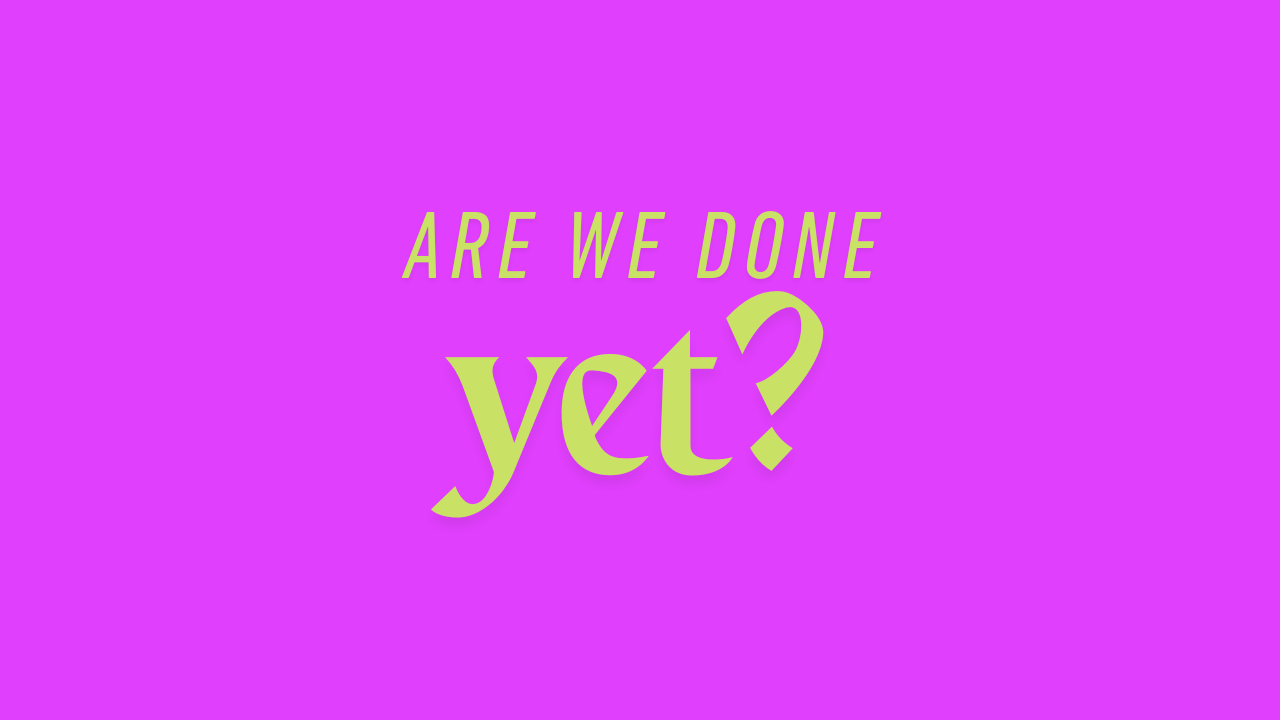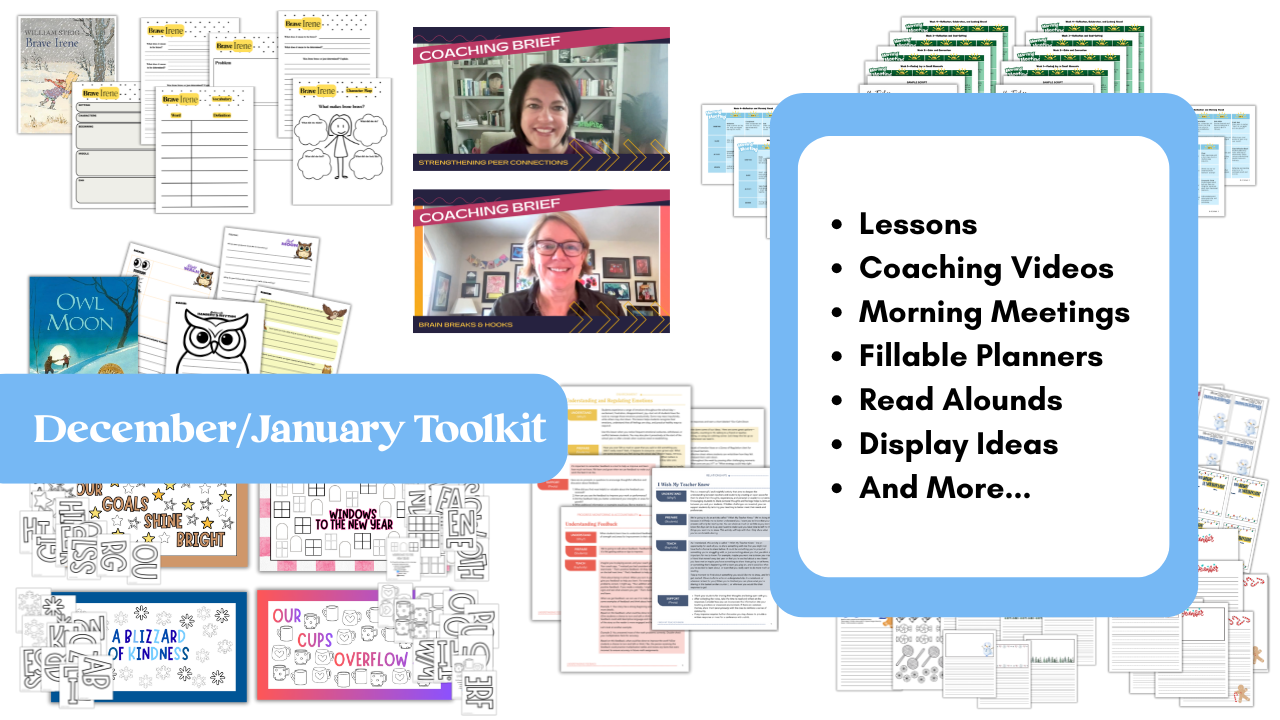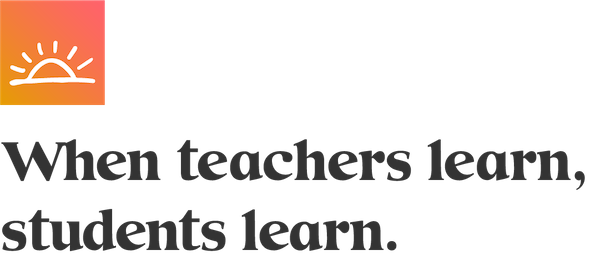
We’ve made it to the final stretch of the school year—and chances are, you're equal parts proud, exhausted, and maybe wondering how you’re going to keep students focused when the sunshine, field trips, and summer countdowns are calling.
This time of year is full of interruptions, emotions, and the “are we done yet?” energy. And while structure is still important, we also need a little flexibility, creativity, and heart to keep everyone (including ourselves) engaged.
Here are a few practical, low-prep ideas to help keep your classroom energized, connected, and purposeful as you close out the year:
1. Switch up the routines . . . just a little
- Turn your read-aloud into “Mystery Reader Week” – Invite a colleague, admin, or even a student each day to choose and read a surprise book.
- Try “Backwards Day” for writing – Start with the conclusion or last sentence and build the story in reverse.
- Switch roles – Let a student lead the math warm-up or morning meeting.
2. Make Review Feel Like a Game (Not a Test)
- “Stomp the Standard”: Write skills on cards, place them on the floor, and have students step on the answer
- Team Tic-Tac-Toe: Groups earn X’s and O’s by solving problems or answering questions
- Task Card Scoot: Place cards around the room and let students rotate and respond
3. Lean Into Movement and Connection
- “Walk and Talk” Partners – Take learning outside. Pair students to discuss a question while walking a loop around the playground.
- Musical Transitions – Add short bursts of music between activities. A quick 30-second dance break or “freeze when the music stops” can reset the room.
- Task Toss Game – Write review questions on a beach ball. Toss it around—whoever catches it answers the question under their right thumb.
4. Give Learning a Purpose
- Connect lessons to real life (“When would we actually use this skill?”)
- Create “expert tasks” where students teach a younger class
- Launch mini-projects tied to student interests (insects, space, sports, animals, etc.)
5. Use calm to regulate the energy
- Silent reading with flashlight Fridays
- Independent choice journals (silly prompts, creative writing, “what if” stories)
- Sketch-to-learn time where students illustrate what they’ve been studying
You don't have to do it all.
Here’s the most important thing: choose one or two things that feel doable and let the rest go.
This part of the year doesn’t have to be perfect—it just needs to be purposeful, light-hearted, and rooted in connection. Your students will remember the laughs, the kindness, and how you made them feel, more than any worksheet or test.
You’ve done an incredible job so far. You’re almost there.
And you’re the reason they’ll finish strong.



